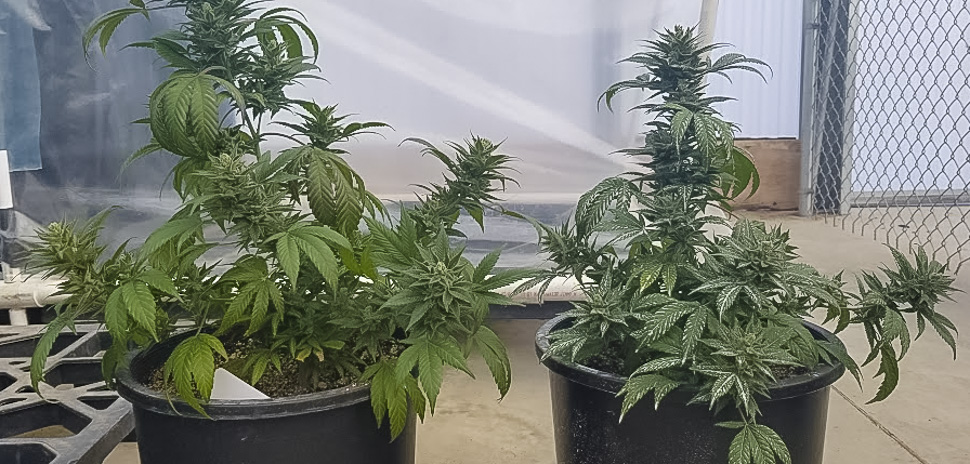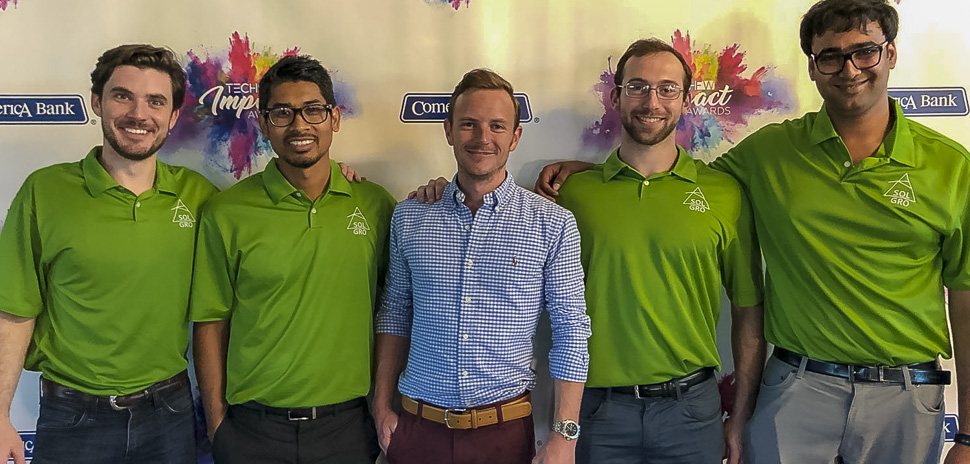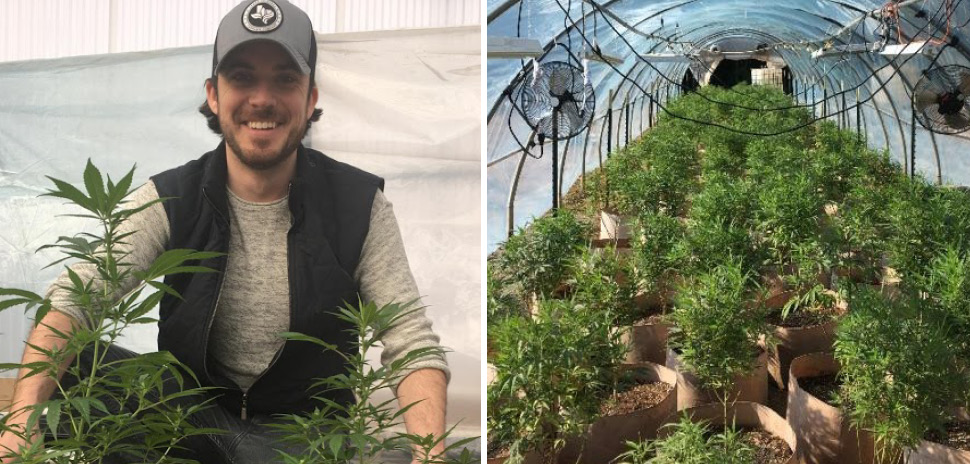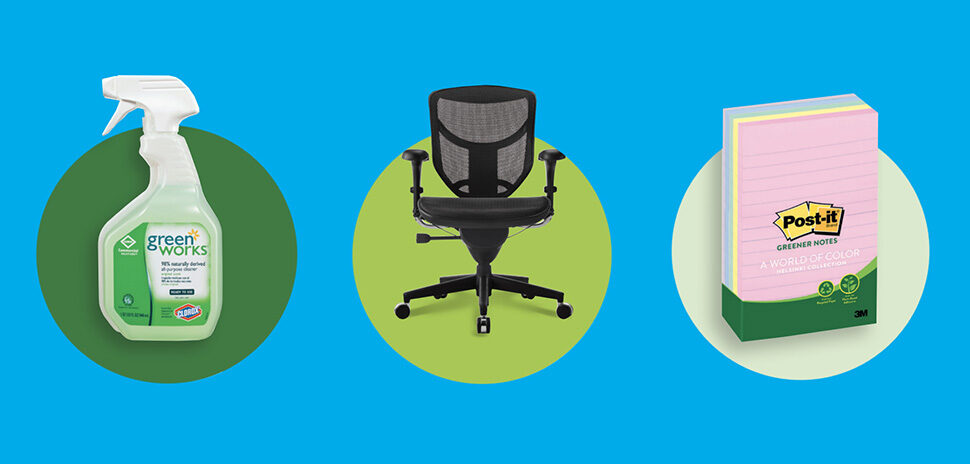Greenhouses have always been a pretty low-tech endeavor, growing plants under a plastic cover that has to be replaced every few years.
That means the industry is ripe for innovation.
Fort Worth startup SolGro, which was founded last March, has created a special greenhouse material that uses nanotechnology to convert incoming sunlight from all colors of the spectrum into red and blue light.
SolGro increases crop yields by as much as 20 percent and, in some cases, as high as 300 percent.
Plant growth works best under red and blue light — other colors in the light spectrum are wasted or even harmful as they encourage harmful bacteria and fungi growth.
The result is increasing crop yields by as much as 20 percent and, in some cases, as high as 300 percent.
“What we’re able to do is convert those unused color bands into red and blue,” said Tyler Sickels, founder and CEO of SolGro. “It’s shifting the colors and increasing the amount of red and blue getting to the plants. Because we’re changing the light spectrum, a lot of the pests aren’t going to be as much of a problem.”
The plants grown in the SolGro — short for Growing Solutions — greenhouses are organic, too.

For now, SolGro is focusing its attention on pilot projects growing marijuana in the states where it’s legal because the price is higher than regular food crops. [Photo courtesy of SolGro]
STARTUP IS PILOTING TECH IN STATES WITH LEGALIZED MARIJUANA
The patent-pending technology could revolutionize everything from medical marijuana to food crops and landscaping. For now, SolGro is focusing its attention on pilot projects growing marijuana in the states where it’s legal because the price is higher than regular food crops. The usual practice of growing marijuana indoors requires lights and electricity. SolGro can get a higher yield outside with less infrastructure.
“This technology works for decreasing your costs and increasing your production”
Tyler Sickels
“This technology works for decreasing your costs and increasing your production,” Sickels said. “It’s more expensive than traditional greenhouse plastics, but your payback is very quick so it’s an easy sell.”
The nanotechnology doesn’t require batteries or any kind of power source — once it’s installed it works like a regular pop-up greenhouse. Sickels can’t give away too many details on how the technology works, but the photos show dramatic results versus plants grown in traditional greenhouses.
“It’s just the additive that we put in the plastic itself that’s doing all the work,” Sickels said. “It’s a great technology that doesn’t require any energy.”
This fall, Texas A&M AgriLife Research will do an official study using SolGro’s technology and a control greenhouse. Researchers will print the results in a white paper that could double verify SolGro’s claims.
“Once we get that data back, it’s going to be way easier for us to enter the market,” Sickels said.

Members of the SolGro team at a Tech FW event. [Photo courtesy of SolGro]
GREENHOUSE MATERIAL ORIGINATES FROM UTA RESEARCH
SolGro has four people on the team now, including Wei Chen, a physics professor at the University of Texas at Arlington, who specializes in nanotechnology and material sciences. It was his research that led to the the development of SolGro’s new greenhouse material. He’s also used nanotechnology to target cancer cells, among other things.
Chen’s research into photosynthesis and light piqued Sickels’ interest when he was a student at UTA inspiring him to make a business out of the tech with SolGro.
“He wants to use this technology and commercialize it for actual applications,” Chen said. “I think this is a really great combination.”
“We can increase food production by at least 50 percent.”
Wei Chen
Some plants respond better to blue or red light so more research needs to be done to personalize the material for certain applications.
“There’s a lot of things we don’t know yet, such as how to adjust the ratio to change the nutrition of the plant,” Chen said.
Long-term SolGro could partner with non-government organizations to establish greenhouses in developing countries that desperately need more crops.
“It’s a market that’s open for us and we want to really aggressively attack it,” he said. “We can increase food production by at least 50 percent.”
There’s also huge potential for rooftop gardens and the do-it-yourself garden in the backyard. For that, Sickels said he’s working on a smaller application that could be sold in local hardware stores.
![]()
Get on the list.
Dallas Innovates, every day.
Sign up to keep your eye on what’s new and next in Dallas-Fort Worth, every day.


































































